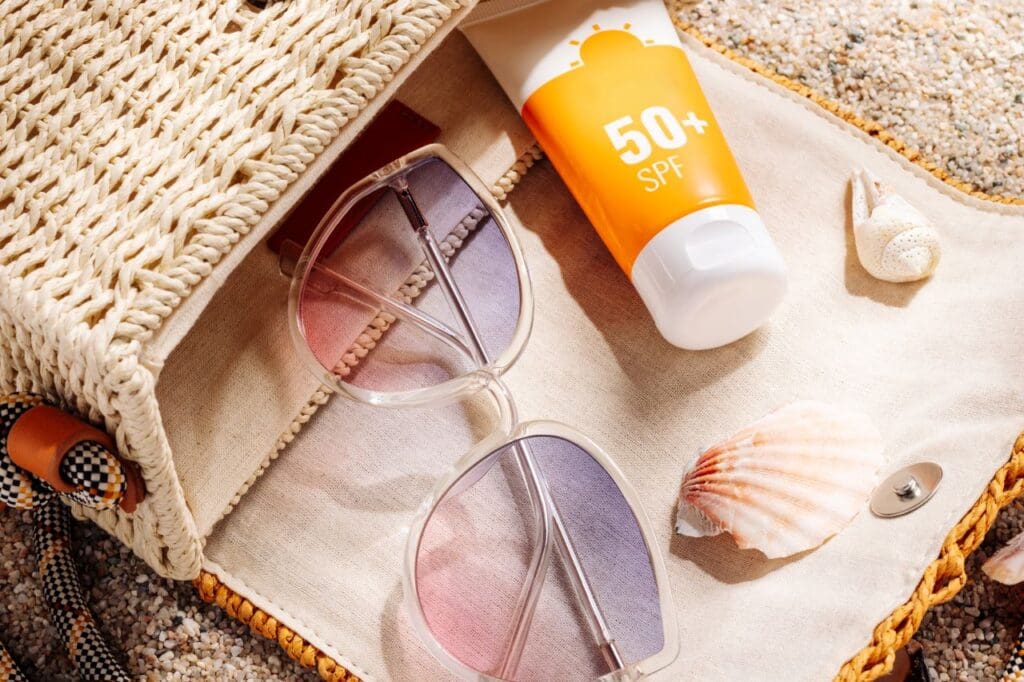
With the sun’s UV rays beating down on you every time you step outside, it’s essential to pick the right sunscreen to protect your skin from the potentially harmful effects. Presently, there’s a plethora of sunscreens to choose from and it can be overwhelming when you aren’t sure what you might want and need. Among the many options available, it is important to note that chemical and physical sunscreens are the primary contenders to consider for the most optimal protection.

Chemical sunscreens, also known as organic or synthetic sunscreens, absorb UV radiation through chemical reactions.
Chemical sunscreens, also known as organic or synthetic sunscreens, absorb UV radiation through chemical reactions. Ingredients like avobenzone and oxybenzone absorb into the skin and convert UV rays into heat, providing protection. It’s normally a popular option amongst sunscreens, and there are a few telltale features to identify it as a chemical variety:
Features:
Physical or “mineral” sunscreens contain ingredients such as zinc oxide and titanium dioxide which are paramount in creating a physical barrier that sits on top of the skin's surface to reflect and scatter UV radiation. Many physical sunscreens tend to leave a white or tinted residue and take longer to absorb and turn invisible. However, newer formulas have been developed to be ultra-sheer and prevent a chalky or white cast finish, according to Dermalogica. To identify if a sunscreen is a physical or “mineral” one, be on the lookout for the following:
Features:
Once you know whether you prefer a chemical or physical sunscreen, you can start incorporating them as part of your skin care routine. You might also find yourself selecting different sunscreens for different outings. For instance, some may opt for a lightweight chemical sunscreen that blends nicely in their morning skincare routine. On the other hand, for outdoor activities individuals might either use a physical sunscreen for immediate protection or chemical sunscreen for more water and sweat resistance.
If you want to know more about the environmental and health effects of chemicals, or how to minimise risk while working with chemicals, we’re here to help. We have tools to help you with mandatory reporting, as well as generating SDS and Risk Assessments. We also have a library of webinars covering global safety regulations, software training, accredited courses, and labelling requirements. For more information, contact us today!
Sources: